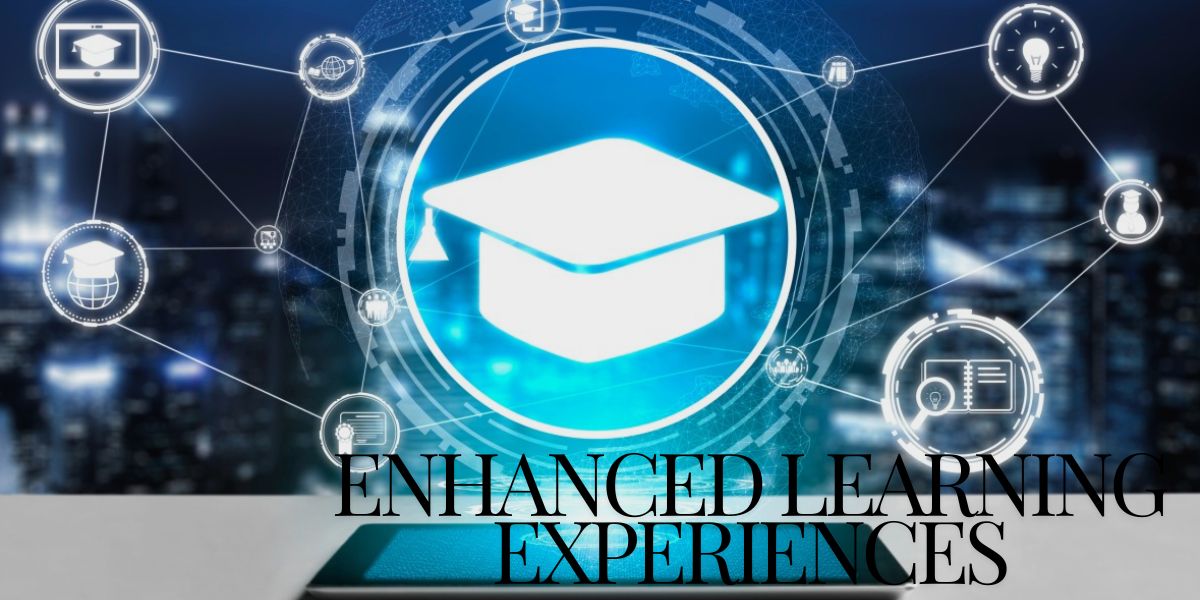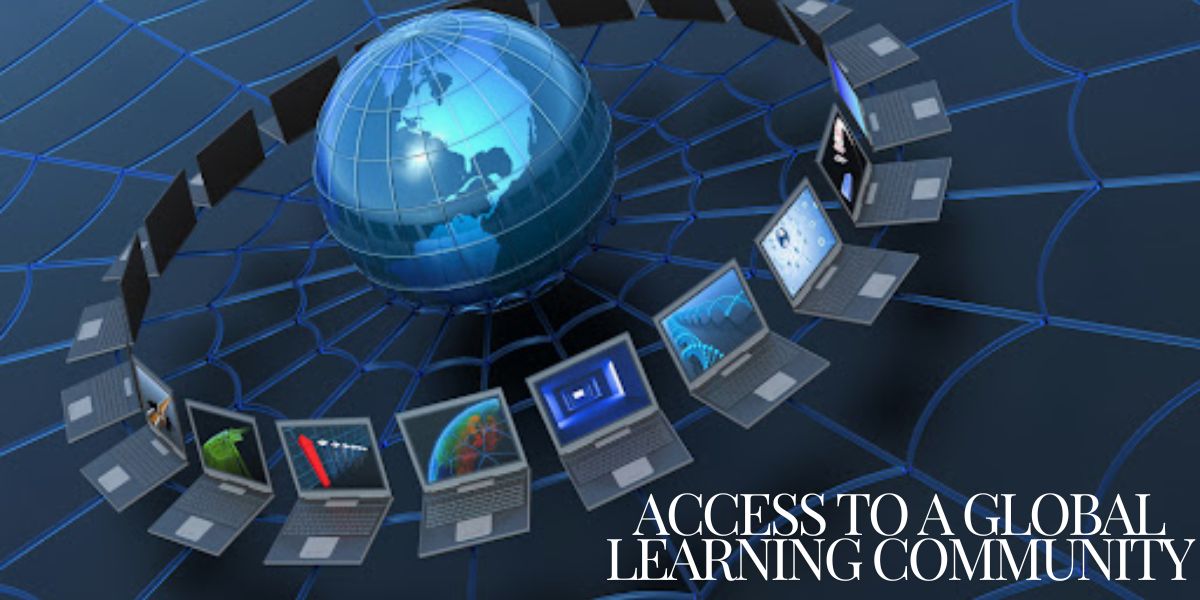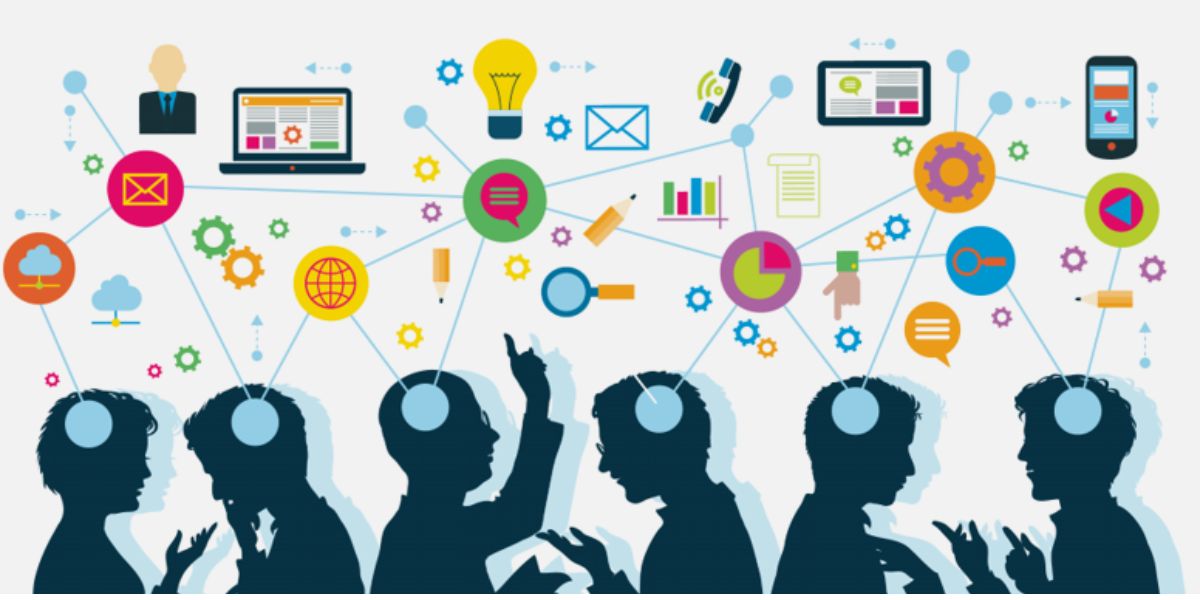In today’s digital age, technology has become a cornerstone of modern education. From interactive tools to online resources, the integrating technology into educational settings offers numerous benefits that enhance the learning experience, improve student engagement, and prepare learners for the future. This article explores the various advantages of incorporating technology into education.
Integrating Technology Enhanced Learning Experiences
Integrating technology significantly enriches learning experiences by providing access to a wide range of resources and interactive tools. Traditional textbooks and lectures are complemented by multimedia presentations, educational apps, and virtual simulations. For instance, virtual reality (VR) can transport students to historical sites or scientific environments, offering immersive experiences that deepen their understanding of complex topics. Interactive software allows students to visualize abstract concepts, making learning more engaging and effective. Adaptive learning technologies also tailor educational content to individual needs, enabling students to learn at their own pace and according to their unique learning styles.
Integrating Technology Improved Student Engagement
One of the most notable benefits of integrating technology into education is the enhancement of student engagement. Interactive technologies such as smartboards, educational games, and interactive quizzes make learning more dynamic and enjoyable. Gamification, which involves incorporating game elements into educational activities, motivates students through rewards, challenges, and competitions. These engaging methods capture students’ attention and encourage active participation in the learning process. Additionally, technology facilitates collaboration through tools like online discussion forums, collaborative documents, and video conferencing, allowing students to work together on projects and share ideas more effectively.
Access to a Global Learning Community
Integrating technology bridges geographical gaps and provides students with access to a global learning community. Online courses, webinars, and virtual exchange programs enable students to connect with experts, educators, and peers from around the world. This exposure to diverse perspectives and cultures enriches the learning experience and fosters a broader understanding of global issues. For example, students can participate in international collaborative projects, attend lectures by renowned scholars, and engage in virtual field trips, all from their classroom. This global connectivity prepares students for a multicultural and interconnected world, enhancing their global awareness and communication skills.
Enhanced Teacher Efficiency
Technology benefits educators by streamlining administrative tasks and offering valuable insights into student performance. Learning management systems (LMS) enable teachers to organize and deliver course content, track student progress, and communicate with parents more efficiently. Automated grading tools and analytics provide real-time feedback on student performance, allowing teachers to identify areas where students may need additional support. Additionally, Integrating technology offers professional development opportunities through online courses, webinars, and educational resources, helping teachers stay updated with the latest teaching strategies and best practices. This ongoing professional growth enhances teaching effectiveness and contributes to improved student outcomes.
Greater Accessibility for All Learners
Integrating technology plays a crucial role in increasing accessibility for students with disabilities. Assistive technologies such as screen readers, speech-to-text software, and adaptive devices provide support for students with visual, auditory, or mobility impairments. These tools ensure that all students have equal access to educational materials and can participate fully in the learning process. For instance, students with visual impairments can use screen readers to access digital texts, while those with learning disabilities can benefit from software that aids with organization and comprehension. By integrating these technologies into the classroom, educators create an inclusive learning environment that accommodates the needs of all students.
Preparation for the Future Workforce
The integration of technology into education prepares students for the demands of the modern workforce. As technology continues to advance, digital literacy skills are increasingly essential for success in various professions. Familiarity with digital tools, data analysis, coding, and cybersecurity is becoming more important in today’s job market. Educational institutions that emphasize technology integration provide students with hands-on experience using the tools and platforms they will encounter in their careers. This practical experience not only enhances their technical skills but also fosters critical thinking, problem-solving, and adaptability—skills that are highly valued by employers.
Challenges and Considerations
While the benefits of integrating technology into education are substantial, it is important to address potential challenges. Issues such as digital equity, privacy concerns, and the need for ongoing training and support for educators must be carefully managed. Ensuring that all students have access to necessary technology and resources is crucial for achieving equitable educational outcomes. Additionally, maintaining student privacy and data security is essential in an increasingly digital learning environment. Schools and institutions must implement robust cybersecurity measures and adhere to data protection regulations to safeguard student information.
Conclusion
The integration of technology into education offers numerous benefits that enhance learning experiences, improve student engagement, and prepare students for future success. By embracing digital tools and resources, educational institutions can create more dynamic, inclusive, and effective learning environments. However, it is important to address potential challenges and ensure that technology is used in a way that supports all learners and upholds privacy and security standards. As technology continues to evolve, its role in education will undoubtedly expand, offering new opportunities for innovation and improvement in the educational landscape.






